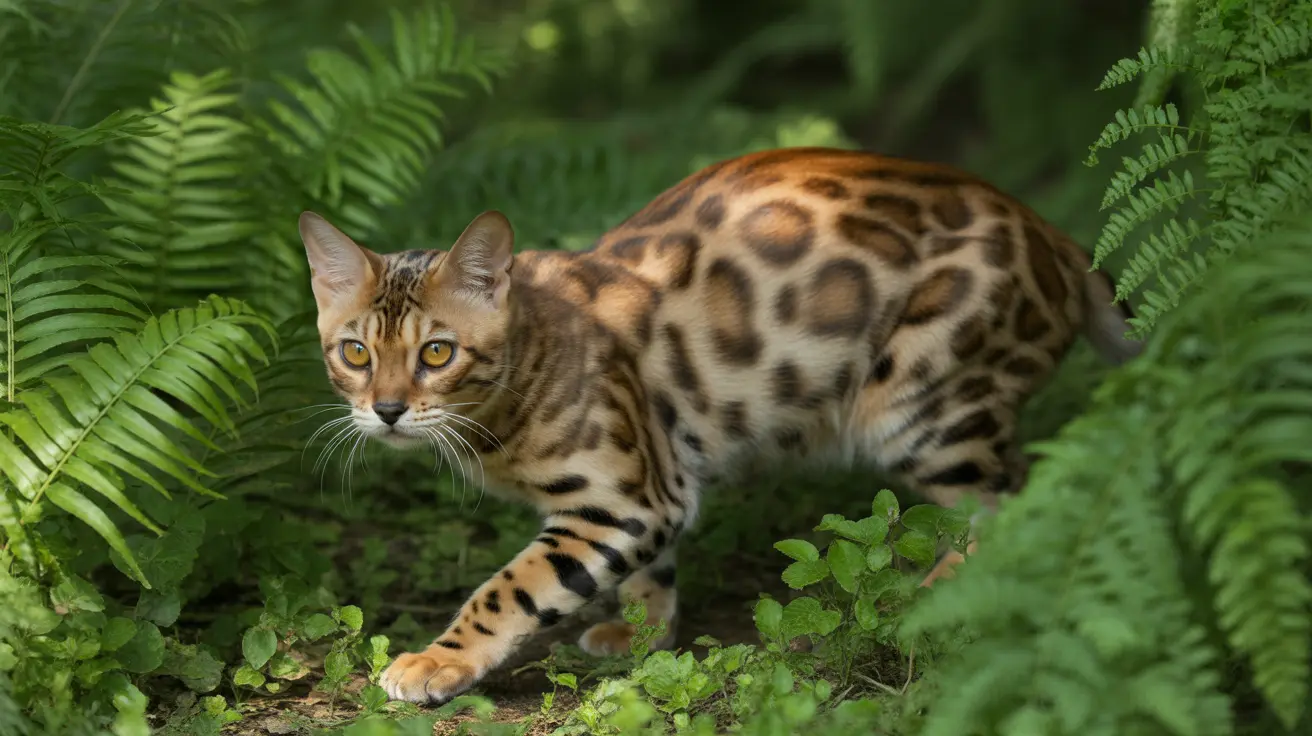The question of whether cats can survive on their own is complex and depends on various factors, including their background, environment, and previous experiences. While cats possess natural hunting instincts and survival skills, their ability to thrive independently varies significantly between feral and domestic cats.
Understanding how cats manage without human care is crucial for pet owners, wildlife conservationists, and anyone concerned with feline welfare. Let's explore the fascinating world of feline independence and what it means for their survival.
The Natural Survival Instincts of Cats
Cats are equipped with remarkable innate abilities that aid their survival in the wild. Their sharp claws, keen night vision, and excellent hunting reflexes are evolutionary advantages that have helped them survive for thousands of years. Even domesticated cats retain these instinctual capabilities, though they may be dulled by indoor living.
However, possessing these instincts doesn't guarantee survival. Modern environments present challenges that even the most skilled feral cats struggle to overcome.
Life Expectancy: Feral vs. Domestic Cats
The stark contrast in lifespan between feral and domestic cats reveals much about their survival capabilities:
- Feral cats typically live only 2-3 years without human assistance
- Outdoor domestic cats average 2-5 years
- Indoor cats can live 12-20 years or more
These statistics clearly show that while cats can survive independently, their quality of life and longevity are significantly compromised without human care.
Hunting and Feeding Abilities
While all cats possess hunting instincts, their effectiveness varies based on their upbringing and experience:
- Feral cats develop superior hunting skills through necessity and learning
- Domestic cats may struggle to catch enough prey to sustain themselves
- Even successful hunters face challenges finding consistent food sources
Environmental Challenges and Threats
Cats living independently face numerous dangers:
- Predation from larger animals
- Vehicle accidents
- Exposure to extreme weather
- Disease and parasites
- Competition for resources
- Human interference
The Impact on Local Ecosystems
Free-roaming cats, whether feral or domestic, can significantly impact local wildlife:
- They kill billions of birds and small mammals annually
- They can disrupt native species' populations
- They may spread diseases to wildlife
- Their presence can alter local predator-prey relationships
Survival Skills and Adaptation
Cats that successfully survive on their own typically demonstrate:
- Strong territorial awareness
- Effective shelter-seeking behavior
- Social bonding with other cats for protection
- Adaptability to various food sources
- Weather-appropriate behavioral changes
Frequently Asked Questions
Can cats survive on their own without human care, and how do feral cats manage it?
Feral cats can survive independently through their hunting skills, territorial awareness, and social structures within cat colonies. However, their lifespan is significantly shorter than domesticated cats, averaging only 2-3 years without human assistance.
What challenges do indoor cats face if suddenly left to live outdoors alone?
Indoor cats suddenly forced to live outdoors face numerous challenges, including underdeveloped hunting skills, lack of territorial knowledge, vulnerability to predators, and difficulty finding shelter and water sources. Many struggle to adapt and may not survive without intervention.
How long do feral cats typically live compared to indoor and outdoor pet cats?
Feral cats typically live only 2-3 years, while outdoor pet cats may survive 2-5 years. In contrast, indoor cats often live 12-20 years or more with proper care and medical attention.
What impact do free-roaming cats have on local wildlife and ecosystems?
Free-roaming cats have a significant impact on local ecosystems, killing billions of birds and small mammals annually. They can disrupt native wildlife populations and potentially spread diseases to other animals.
How can pet owners help feral cat populations while protecting their cats and the environment?
Pet owners can help by supporting trap-neuter-return (TNR) programs, providing supervised outdoor experiences for their own cats, and keeping their pets indoors to prevent contributing to feral populations while protecting local wildlife.
Conclusion
While cats possess remarkable survival instincts and can technically survive on their own, their quality of life and longevity are significantly compromised without human care. Understanding these realities helps us make better decisions about cat welfare and conservation efforts.
For pet owners, this knowledge reinforces the importance of responsible pet care and the value of keeping cats safely indoors. For those concerned with feral cat populations, it highlights the need for humane management strategies that benefit both cats and local ecosystems.






